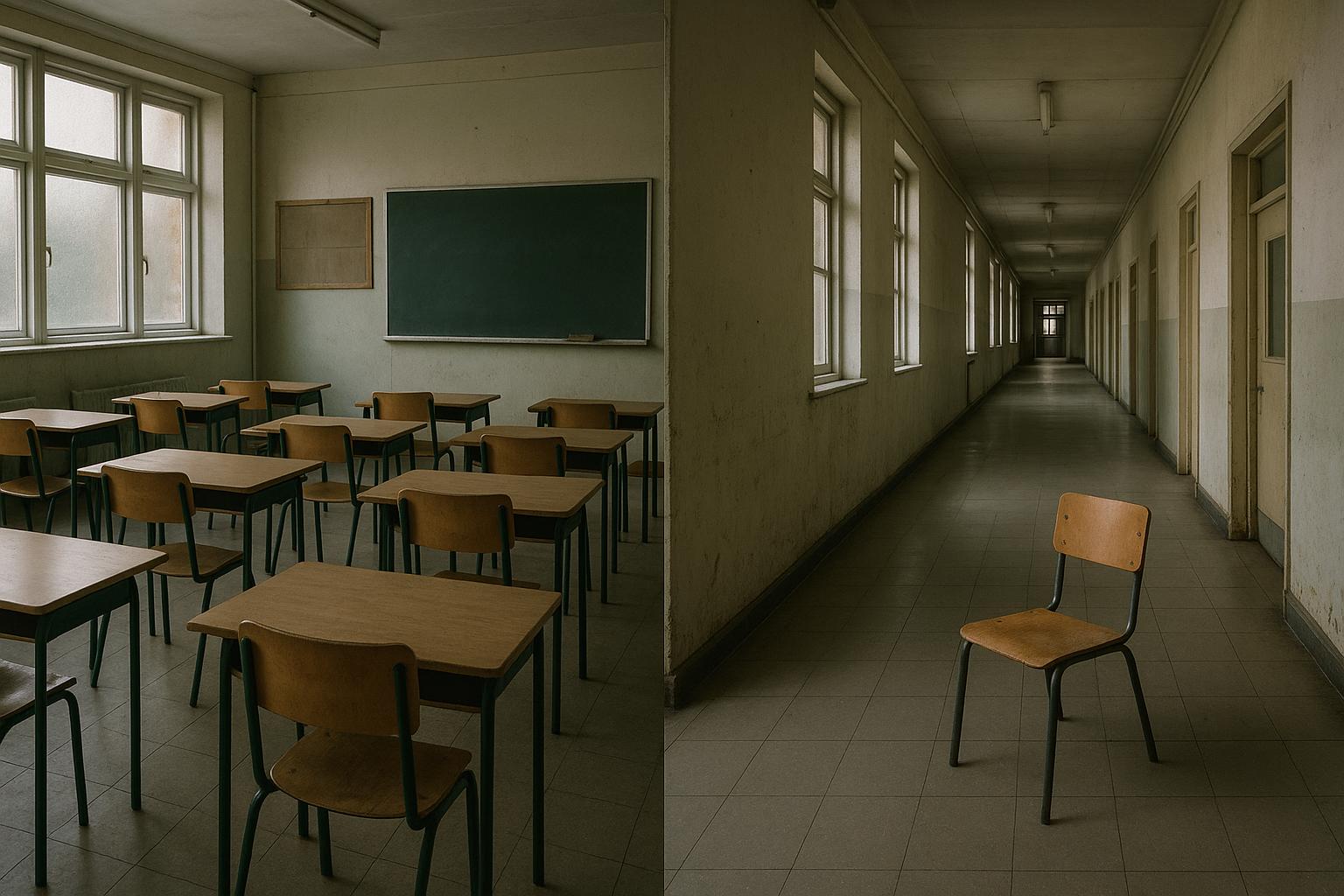Figures reveal a significant overcrowding crisis in England's primary schools, with around 660,000 pupils taught in classrooms that exceed their intended capacity. Analysis of Department for Education (DfE) data for the 2023/24 academic year shows that nearly 60% of state schools in certain parts of the country have surpassed their pupil capacity. Nationally, one in six primary schools operated above their limits, with some local authorities like Coventry experiencing particularly acute overcrowding—58% of its schools were overcapacity.
The most overcrowded primary school identified was Foston Church of England Voluntary Controlled Primary School in North Yorkshire, which was running at 83% over its planned capacity with 55 pupils on roll despite having only 30 official spaces. Overcrowding is measured by considering the number and size of usable spaces intended for teachers and pupils. While such overcrowding pressures staff and can potentially disrupt education due to reduced one-on-one teacher interaction and difficulties in pupil concentration, some experts suggest the impact on attainment is inconclusive. Professor Stephen Gorard of Durham University commented that there is "very weak evidence that it makes any difference at all to attainment," though he acknowledged that it might challenge teachers managing larger groups.
In some cases, oversubscription reflects a school's popularity and good reputation. Schools have the discretion to admit pupils beyond their planned numbers if they believe they can cope, sometimes using portakabins or hiring additional staff to accommodate demand. This dynamic is particularly relevant given that state school funding is allocated on a per-child basis, approximately £8,210 annually, thereby linking financial viability closely to pupil numbers.
Despite the current squeeze on places, demographic trends point towards a looming reversal. The Education Policy Institute (EPI) projects that England will have 400,000 fewer school pupils by the decade's end. London faces the sharpest decline, with nine of the ten local authorities showing the largest falls in primary pupils over five years, Westminster leading with a nearly 16% drop. This decline reflects not only falling birth rates but also shifts in family living patterns, influenced by housing pressures and the cost of living. As Jon Andrews of the EPI explained, "primary enrolments are expected to continue declining," meaning policymakers need data-driven strategies to adapt school provision and funding to this changing landscape.
Contrasting with the overcrowding in some urban and regional hotspots, the broader picture reveals a growing surplus of primary school places. In the 2023/24 academic year, there were 611,000 unfilled primary school places—an increase and the highest number recorded since tracking began. Around 84% of primary schools had at least one unfilled place. Similarly, government data shows that excess primary school places have doubled over the past decade to over 130,000 in the same period. This surplus is straining schools financially, as fixed budgets struggle to keep pace with declines in pupil numbers.
The risk posed by falling enrolments is underlined by reports that over 90 primary schools in England are either at risk of closure or have been proposed for closure due to being more than two-thirds empty. These closures are predominantly concentrated in urban areas, exacerbating the spatial disparities in school demand and provision. The DfE forecasts a steep decline of nearly a million pupils in state-funded schools over the next decade, deepening the challenges faced by schools struggling to maintain funding and staffing levels.
Amid these contrasting pressures, the government insists local authorities are legally responsible for ensuring sufficient school places and states it is investing billions into the school budget to meet demand. A spokesperson for the DfE remarked that while average class sizes have remained broadly stable, schools must organise classes according to local needs to ensure children can thrive. Coventry City Council, for example, has responded to a surge in pupil admissions by adding hundreds of new primary and secondary places through infrastructure investment.
Overall, England’s primary education system is navigating a complex phase marked by regional overcrowding and an overarching trend of falling pupil numbers that threaten the financial sustainability of many schools. The challenge will be balancing immediate capacity demands with long-term adaptations to demographic and economic shifts affecting where and how young families live.
📌 Reference Map:
- Paragraph 1 – [1], [6], [5]
- Paragraph 2 – [1], [6]
- Paragraph 3 – [1], [3], [7]
- Paragraph 4 – [1], [2], [4], [7]
- Paragraph 5 – [3], [4], [2]
- Paragraph 6 – [1], [3], [7]
Source: Noah Wire Services
